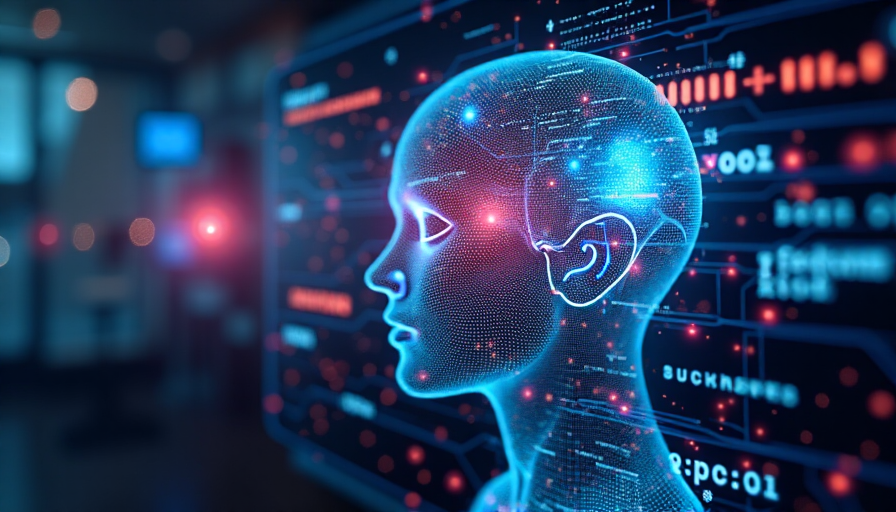
OpenAI Unveils Next-Gen AI with Advanced Image Reasoning
OpenAI has elevated artificial intelligence to new heights with the introduction of its latest reasoning systems that combine both image and text processing. Unlike the instantaneous replies seen in earlier ChatGPT versions, these systems spend time "thinking" and processing questions through a series of logical steps before delivering an answer. This thoughtful approach is designed to mirror human-like reasoning, solving complex tasks step by step.
A New Chapter in AI Reasoning
In a recent live stream, Mark Chen, OpenAI’s Head of Research, demonstrated the capabilities of the new systems, named OpenAI o3 and OpenAI o4-mini. These tools can manipulate, crop, and transform images — ranging from sketches and diagrams to graphs and posters — in tandem with textual data. This blended functionality is not only an evolution of previous technologies but also a bridge toward more integrated AI solutions.
The Technology Behind the Innovation
At the core of these advancements are large language models (LLMs), which have been further refined through reinforcement learning. This learning process, built on extensive trial and error, enables the systems to identify successful patterns by working through diverse tasks such as math problems, coding puzzles, and scientific queries. Though these systems can generate remarkably accurate solutions, experts caution that they remain prone to occasional errors or hallucinations, reflecting the current limitations of AI reasoning.
Real-World Impact: From Coding to Complex Problem Solving
The practical applications of OpenAI’s reasoning technology are vast and varied. For example, computer programmers can now harness these tools to write and debug code more efficiently through a new interface called Codex CLI. This open-source tool integrates seamlessly with existing codebases, enabling developers to leverage AI capabilities to enhance productivity and innovation.
Beyond coding, the new systems are designed to search the web and generate images on demand, thereby expanding their utility across different domains. With these innovations, OpenAI is not only pushing the boundaries of what AI can achieve but also setting a new standard for systems that reason through visual and textual information in a coherent manner.
Availability and Future Directions
Beginning Wednesday, subscribers to ChatGPT Plus (at $20 per month) and ChatGPT Pro (at $200 per month, which includes access to all of OpenAI’s latest tools) can explore these cutting-edge systems. This move is part of a broader initiative by tech giants such as Google, Meta, and the Chinese startup DeepSeek, all racing to create AI that can handle intricate, multi-modal tasks.
As these AI-powered technologies evolve, they are expected to revolutionize numerous fields. However, the ongoing legal battle—with The New York Times accusing OpenAI and its partner Microsoft of copyright infringement involving news content—reminds us that rapid innovation also comes with significant challenges and controversies.
OpenAI’s latest announcements spotlight a future where AI not only communicates but also reasons and learns in ways that increasingly mimic human cognitive processes, heralding a transformative era in technology.
Note: This publication was rewritten using AI. The content was based on the original source linked above.